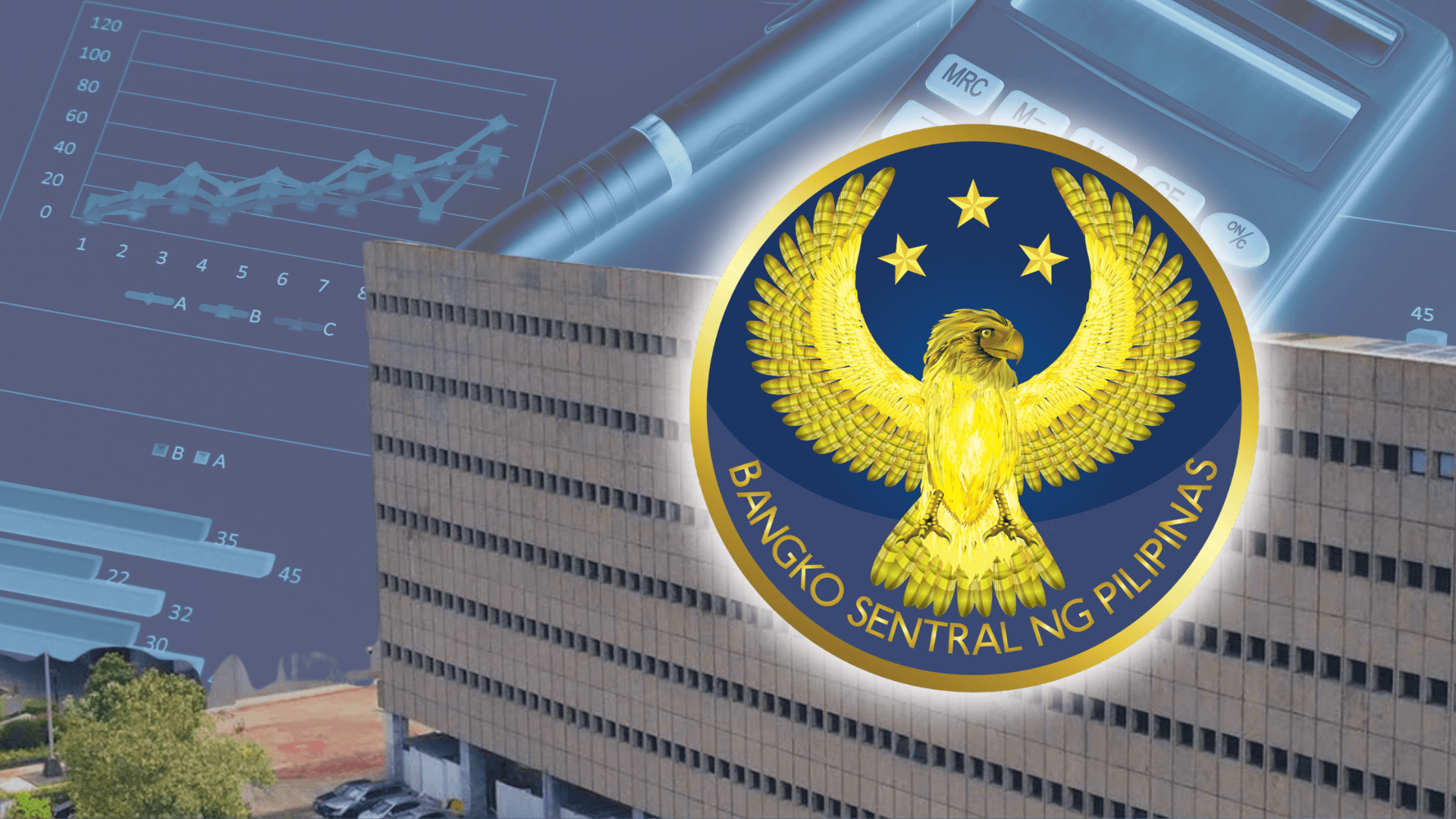
The Bangko Sentral ng Pilipinas (BSP) reported that the local banking system’s gross non-performing loan (NPL) ratio remained unchanged in February, as faster loan growth offset the rise in bad loans.
The latest data from the BSP showed that the banking industry’s gross NPL ratio steadied at 3.38 percent in February from the same rate in January 2025.
BSP data showed bad loans increased by ₱520 million to ₱513.3 billion as of end-February from ₱512.8 billion a month earlier. Year-on-year, soured loans hiked by ₱47.2 billion or over 10 percent from ₱466.1 billion.
Loans become non-performing if unpaid for at least 90 days past the due date, posing a credit risk as borrowers are less likely to repay.
The total loan portfolio of Philippine banks decreased by ₱2 billion to ₱15.173 trillion as of end-February from ₱17.173 trillion at end-January. But year on year, end-February’s figure jumped by ₱1.63 trillion or over 12 percent from ₱13.54 trillion a year ago.
Past due loans increased by ₱4.7 billion to ₱637.8 billion as of February from ₱633.1 billion a month ago.
It also increased massively by ₱53.6 billion or over nine percent from ₱584.2 billion a year earlier.
This brought the past due ratio to 4.20 percent in February, higher than the 4.17 percent in January but lower than 4.31 percent a year prior.

Rizal Commercial Banking Corp. chief economist Michael Ricafort said the steady NPL ratio was “among the best in more than a year and among the best in about four years.”
Ricafort said this development reflects faster loan growth, which expanded the base, but also came with a matching increase in NPLs, keeping the ratio unchanged.
“The steady NPL ratio also reflects better management of credit risks amid faster loan growth in recent months,” he further said.
“Lower US and local interest rates since late last year would have also eased the interest payment and debt servicing burden for some borrowers,” he added.
He noted that the likelihood of the US Federal Reserve and Bangko Sentral ng Pilipinas (BSP) cutting interest rates in the coming months could help ease the NPL ratio, especially as loan growth continues to outpace the local economy by more than double.
Consumer loans have been growing more than four times the gross domestic product (GDP) growth in recent months.
But Trump tariffs on imports could offset this, slowing the global economic growth.
This may affect global investments, trade—particularly Philippine exports facing a 17 percent US tariff—employment, and other business activities, which could “reduce sales, incomes, and ability to pay by some borrowers."